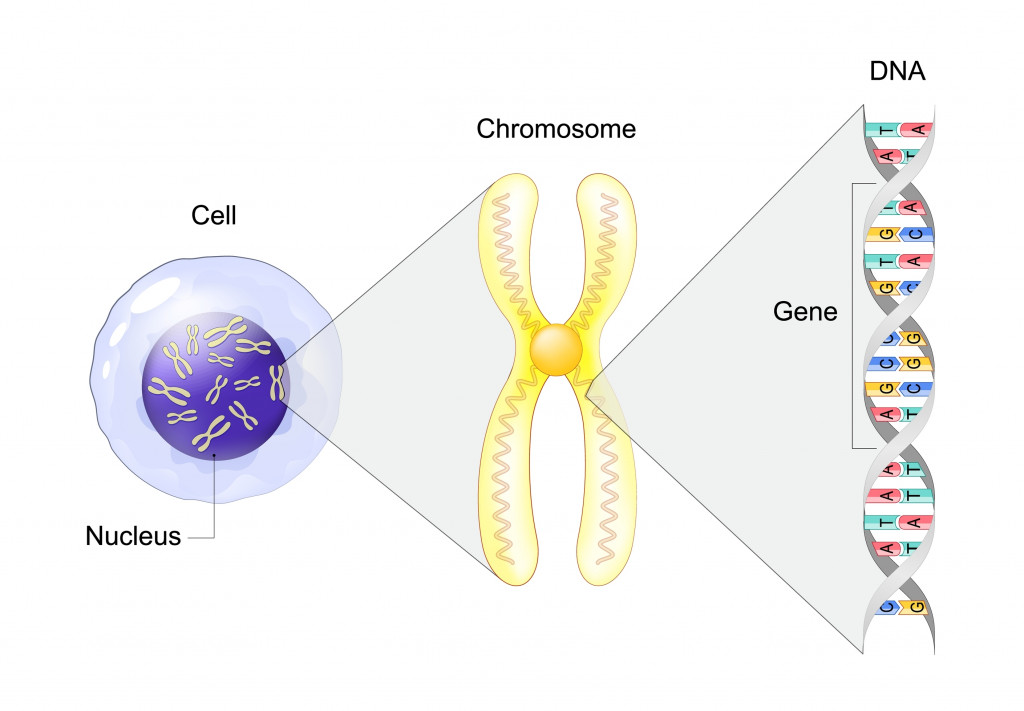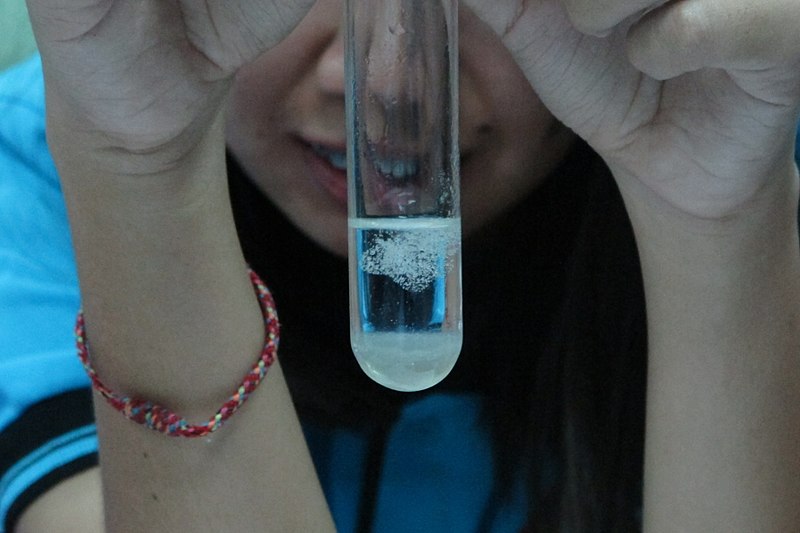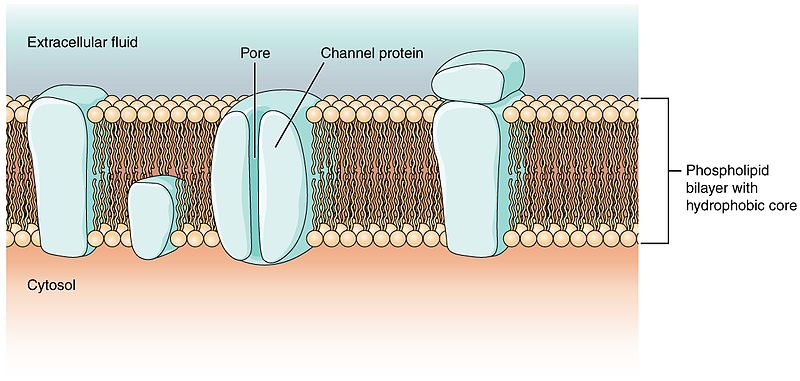Table of Contents (click to expand)
You can extract DNA at home! With the use of salt, detergent, and alcohol, one can separate DNA from a piece of fruit. The detergent lyses the membranes, while the salt makes DNA cluster, and the alcohol precipitates it as white threads.
Deoxyribose Nucleic Acid, or DNA, is a twisted chain-like structure composed of four nucleotides that is present in the nucleus of cells. This pattern acts as the unique yet standard code for all living beings. It passes to the next generation and maintains the genetic stability of organisms.
It’s a celebrity molecule. From breeding perfect crops to catching sneaky criminals, we regularly search for DNA and the secrets it holds. This all starts, of course, with the extraction of DNA.
Believe it or not, you don’t even need a high-tech laboratory to extract DNA. You can extract DNA at home!
Fruits And Vegetables Are The Best For DNA Extraction
Though most living cells have DNA, some cells are easier to extract DNA from than others.
Fruits such as strawberries or bananas are quite convenient.
A strawberry is an octoploid, which means it contains eight sets of each chromosome. The more chromosomes available, the easier it is to extract more DNA from a single fruit. If you cannot find one, you can use other fruits, like bananas, since they are triploid. Also, seeds contain more DNA, so you can quite easily work with peas.
In this article, strawberries will be the sample fruit being referenced.
Steps To Extract DNA
You only need five simple ingredients to extract DNA at home!
First, you need a fruit of your choice to extract DNA from. Next, you need 10 grams of salt, 10ml of dish wash or liquid detergent, and 90 ml of water to prepare the DNA extracting solution. And last, you’ll need 50-100 ml of chilled rubbing alcohol to precipitate the DNA.
You can divide the DNA extraction process into three steps.
- Lysing the cell membrane
- Filtering the solution
- DNA precipitation
Lysing The Cell Membrane
DNA lies in the nucleus, which resides in the cell. You first have to lyse the cellular and nuclear membranes to take out DNA.
Let’s start by preparing a solution that helps with lysis.
Take about 90 ml of water and add 10 grams of salt and 10 ml dishwasher or liquid detergent. Let this liquid settle. This is the lysing solution.
Also, place about 50 to 100 ml rubbing alcohol in the refrigerator. This cooled alcohol will later help the DNA precipitate out of solution.
Now, let’s prepare the strawberry sample.
Take a zip lock bag, add 4 to 5 strawberries (without the upper green leafy calyx), and seal the bag. Next, squish the strawberry into a paste. If you are working with seeds, like peas, you can grind or blend them, as you cannot destroy the hard coat of seeds with your fingers.
Once the fruit flesh is crushed evenly, add the lysing solution and wait for 5 to 10 minutes.

Filtering The Solution
After lysing, you need to remove the parts of the cell you don’t want, such as the fiber and other seeds.
Take a coffee filter and place it on transparent glass. The transparency will allow you to see the DNA precipitate out. Now, transfer the lysed fruit solution into the glass. This filtrate solution carries DNA from the lysed cells of the strawberry.
All you need to do now is precipitate the DNA to be visible!

DNA Precipitation
Now it’s time to get that chilled alcohol out of your refrigerator. You should add the alcohol from the sides of the glass so it settles as a layer on top of the filtrate.
After adding the alcohol, you can leave this solution on the table. Let the alcohol do its work and wait for 10-30 minutes. After that time, you will see a white residue emerging at the junction of the alcohol and the strawberry solution. That’s the DNA of the strawberry fruit!
Also Read: Why Is DNA White?
The Science Behind DNA Extraction
Blending or crushing fruits with your fingers causes the mechanical breakdown of cells.
The lysing solution helps break apart the cells even further.
The cell membrane has lipids and proteins that make up the hydrophobic and hydrophilic ends. The hydrophobic ends avoid interacting with water molecules and prevent dissolving, but detergents interact with hydrophobic ends, allowing the cell membrane to break apart and dissolve in the solution.
Think of when you spilled an oily substance on your clothes and tried to wash it off with detergent. The detergent breaks the oil spill and washes it off your clothes. The cell membrane also has oils, but these are only lipids. A similar interaction follows between them.

The salt in the lysing solution neutralizes the DNA. DNA has a negative charge because of its phosphoric bonds, which interact with water molecules. By adding salt to the sample, the positive sodium ion bonds with the opposite charge of phosphate.
The alcohol causes the DNA to precipitate out of the solution. DNA is soluble in water, but not in alcohol. Upon adding the non-polar alcohol, the DNA solubility in water decreases, as the alcohol is miscible in water. Thereby, the DNA precipitates as white strands.
We used cold alcohol, as it slows down the enzymatic breakage of DNA.
Conclusion
DNA extraction is a basic step in almost all molecular analysis. We see its use in fingerprinting, genome sequencing, and genetic engineering. Professional laboratories use different chemicals and equipment to extract DNA and further process it to purify it. However, with the help of detergents, salt, and rubbing alcohol, you can extract DNA at home!
The detergent lyses the cell membrane, while the positive sodium ions of the salt interact with the negative charge of phosphorous in the DNA. This process clumps the genetic material together. Further addition of alcohol reduces solubility and allows the genetic material to precipitate as a white thread-like substance.
Also Read: What Is Gel Electrophoresis? How And Why Is It Useful?
How well do you understand the article above!

References (click to expand)
- Squishy Science: Extract DNA from Smashed Strawberries. Scientific American
- How To Extract DNA From Anything Living. The University of Utah
- Banana DNA Extraction | Ask A Biologist. Ask A Biologist
- Shehadul Islam, M., Aryasomayajula, A., & Selvaganapathy, P. (2017, March 8). A Review on Macroscale and Microscale Cell Lysis Methods. Micromachines. MDPI AG.
